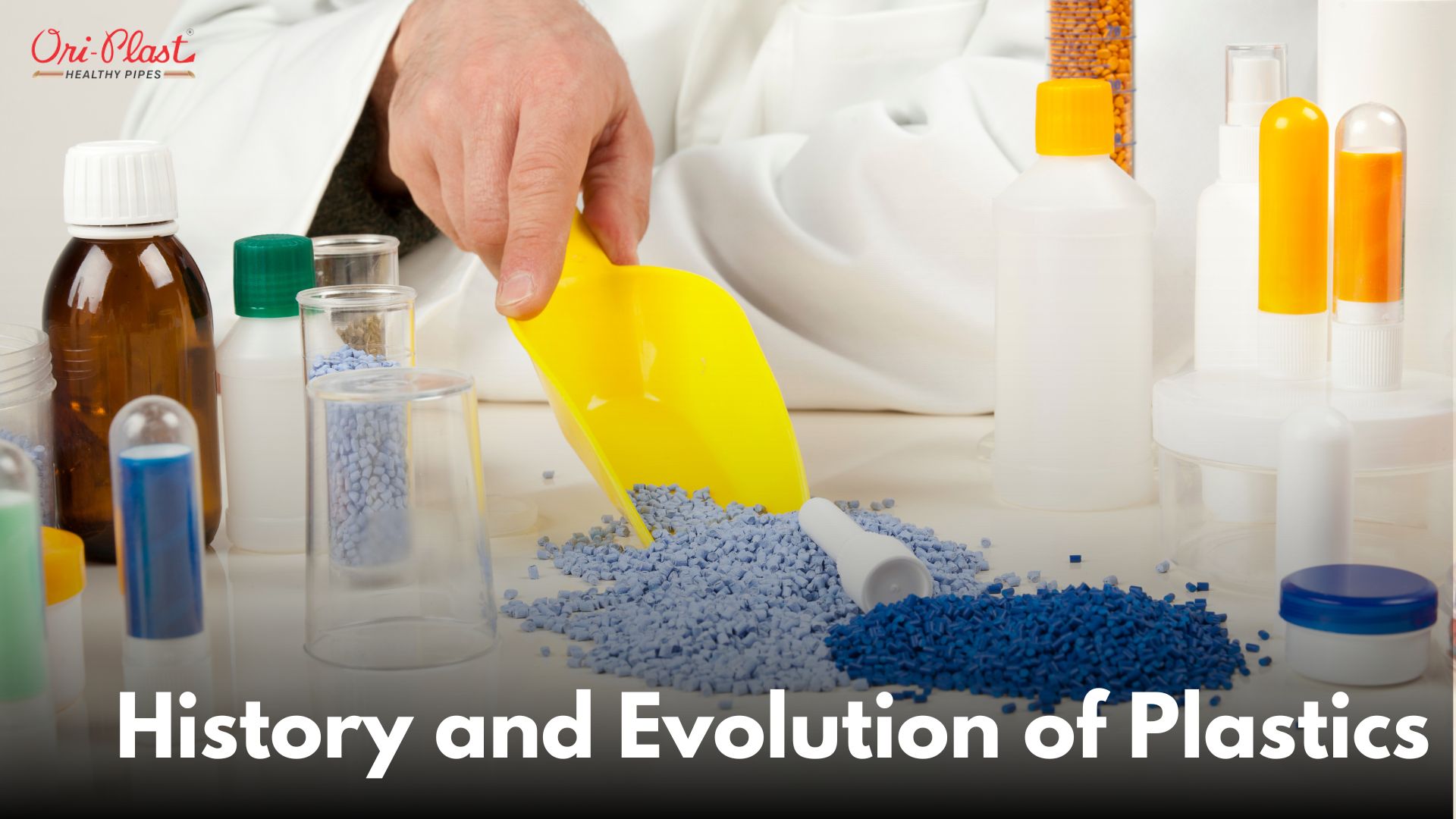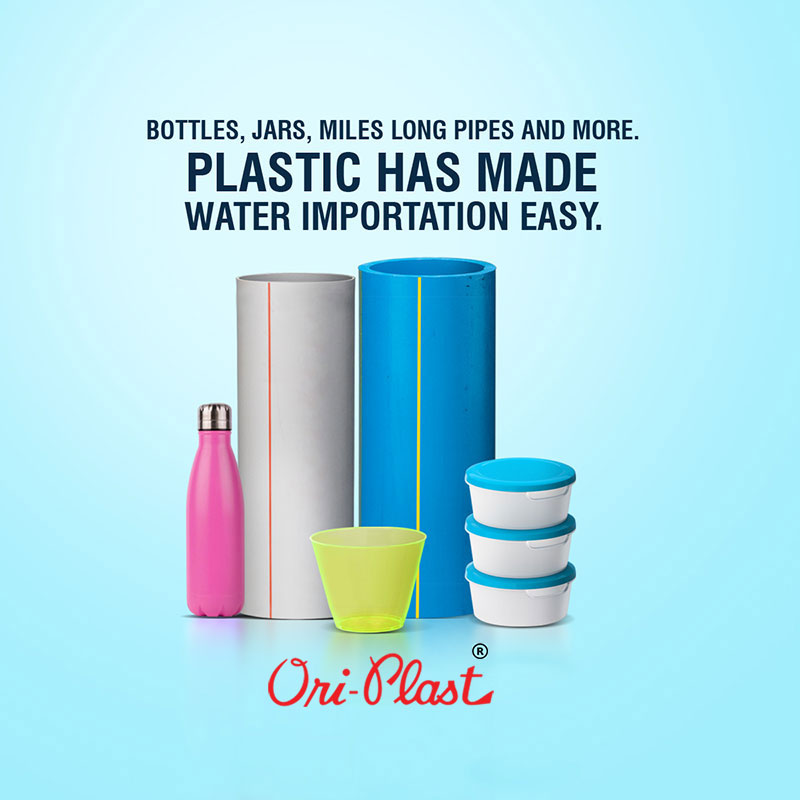The first synthetic plastic was invented in the 1860s by Alexander Parkes, an English chemist. He developed a substance he called “Parkesine,” which was derived from cellulose, a natural polymer found in plant cells. Parkesine was moldable when heated, a revolutionary property at the time, and could be shaped into different objects. Although Parkesine didn’t achieve commercial success due to high production costs, it laid the groundwork for future developments in plastic technology.
Shortly afterward, in the 1870s, American inventor John Wesley Hyatt developed a material called “celluloid.” Like Parkesine, celluloid was made from cellulose, but it was cheaper and easier to produce. Celluloid became the first commercially successful plastic and found widespread use in items like combs, buttons, and eventually film stock for photography and motion pictures.
Who Are the Pioneers Behind Modern Plastics?
The true breakthrough in plastics came in the early 20th century with the invention of Bakelite, created by Belgian-American chemist Leo Baekeland in 1907. Baekeland’s invention was the first fully synthetic plastic, made without any natural polymers. Bakelite was both heat-resistant and electrically non-conductive, making it ideal for electrical insulators and household products like telephones and radios.
Bakelite’s success sparked widespread interest in plastic development, and scientists around the world began creating new types of synthetic materials. By the 1930s and 1940s, several types of plastics, including polystyrene, nylon, and polyvinyl chloride (PVC), were developed and became popular in various industries.
Why Did Plastics Become So Popular?
One of the main reasons for plastic's popularity is its versatility. Plastics can be molded into any shape, dyed any color, and engineered to have a wide range of properties. They are lightweight, durable, and resistant to moisture, making them suitable for everything from packaging to construction materials.
World War II was a pivotal moment for plastic manufacturing. Due to wartime shortages, industries needed materials that were cheap, easy to produce, and could replace traditional resources like metal, rubber, and wood. Plastics met these demands perfectly. Materials like nylon were used to make parachutes, ropes, and other equipment, while polyethylenes were used for electrical insulation. The war fueled a rapid increase in plastic production, and by the time it ended, plastics were firmly established in global manufacturing.
How Did Plastics Evolve After World War II?
The post-war era saw a dramatic increase in plastic production and use. As economies rebounded and consumerism flourished, plastics became a symbol of modernity and convenience. During the 1950s and 1960s, polyethylene (used in plastic bags and bottles) and polypropylene (used in packaging and automotive parts) entered the market and gained immense popularity. This period also saw the rise of single-use plastics, which provided affordable and disposable options for everyday needs.
New types of plastics continued to emerge, each with unique properties tailored to specific applications. By the 1970s, polycarbonate, known for its toughness, was widely used in electronics and construction. The invention of polyvinyl chloride (PVC) also became popular for plumbing and construction materials due to its durability and cost-effectiveness.
Where Do Modern-Day Plastics Find Their Use?
Today, plastics are everywhere. Their applications extend into almost every industry, from packaging and automotive to healthcare and electronics. In the medical field, plastics are used in devices like syringes, IV bags, and prosthetics due to their sterilizable, durable, and lightweight nature. In electronics, plastics offer insulation and flexibility, making them indispensable in gadgets like smartphones, laptops, and appliances.
The automotive and aerospace industries use high-performance plastics to reduce weight and increase fuel efficiency. Even in clothing, synthetic fibers such as polyester and nylon are widely used due to their durability and low maintenance needs. As technology advances, new types of plastics, like biodegradable and bioplastics, are also being developed to address environmental concerns.
What Are the Environmental Impacts of Plastics?
One of the biggest challenges associated with plastics is their environmental impact. Most traditional plastics are derived from non-renewable fossil fuels and do not biodegrade, leading to long-term pollution issues. Discarded plastics accumulate in landfills, rivers, and oceans, where they can persist for hundreds of years, harming wildlife and ecosystems. Microplastics, tiny particles resulting from plastic degradation, have even been detected in food and water supplies, raising concerns about human health.
The environmental impact of plastics became a prominent issue in the late 20th century. Movements advocating for recycling and reducing plastic waste began gaining traction. In response, many countries introduced recycling programs and policies aimed at managing plastic waste. Companies also started investing in biodegradable and recyclable alternatives, though these solutions still face challenges in terms of cost and scalability.
Why Are Bioplastics and Recycling Initiatives Important?
In recent years, there has been a push to develop eco-friendly alternatives to traditional plastics. Bioplastics, made from renewable resources like corn starch, sugarcane, and potato starch, offer a potential solution to reduce reliance on fossil fuels. While bioplastics can break down more easily in the environment, they still require specific conditions to decompose effectively, which may not always be available.
Recycling initiatives aim to reduce plastic waste by transforming used materials into new products. However, recycling faces limitations due to the complexity of plastic types and contamination issues. Only a fraction of plastic waste is successfully recycled, with the rest ending up in landfills or incineration facilities.
Despite these challenges, advancements in recycling technology are making it possible to process a wider range of plastics more efficiently. Innovations like chemical recycling, which breaks down plastics into their basic components, are being explored as a way to create a circular economy for plastics.
How Has Society's View on Plastics Changed?
Over the decades, society's view on plastics has shifted significantly. Initially celebrated for their convenience and affordability, plastics are now often viewed with caution due to their environmental impact. Public awareness of plastic pollution has increased, leading to calls for sustainable alternatives and more responsible consumption practices.
Many countries and cities have introduced bans on single-use plastics like straws, bags, and utensils. Businesses are also taking steps to reduce their plastic footprint by adopting sustainable packaging and manufacturing processes. As people become more conscious of their environmental impact, the demand for sustainable solutions is driving innovation in the plastics industry.
What Does the Future Hold for Plastics?
The future of plastics lies in finding a balance between functionality and sustainability. Scientists and manufacturers are exploring alternatives such as biodegradable plastics, recycled plastics, and materials with minimal environmental impact. With the push for a circular economy, where products are reused and recycled rather than disposed of, the role of plastics is likely to evolve.
Research is also underway to create bio-based plastics that mimic the properties of conventional plastics without relying on fossil fuels. Advanced recycling techniques, like chemical recycling and molecular depolymerization, hold promise in addressing plastic waste on a larger scale.
What Have We Learned About the Evolution of Plastics?
The evolution of plastics reflects both human ingenuity and the complexities of balancing innovation with environmental responsibility. Plastics have transformed industries, improved lives, and sparked new technologies. Yet, as their environmental impact becomes clear, the quest to create sustainable alternatives continues to grow. By understanding the history and development of plastics, we can appreciate their role in shaping the modern world while recognizing the importance of creating a more sustainable future.
As the journey of plastics continues, society's challenge is to innovate responsibly, ensuring that future generations can benefit from plastics without bearing the cost of their environmental legacy.




